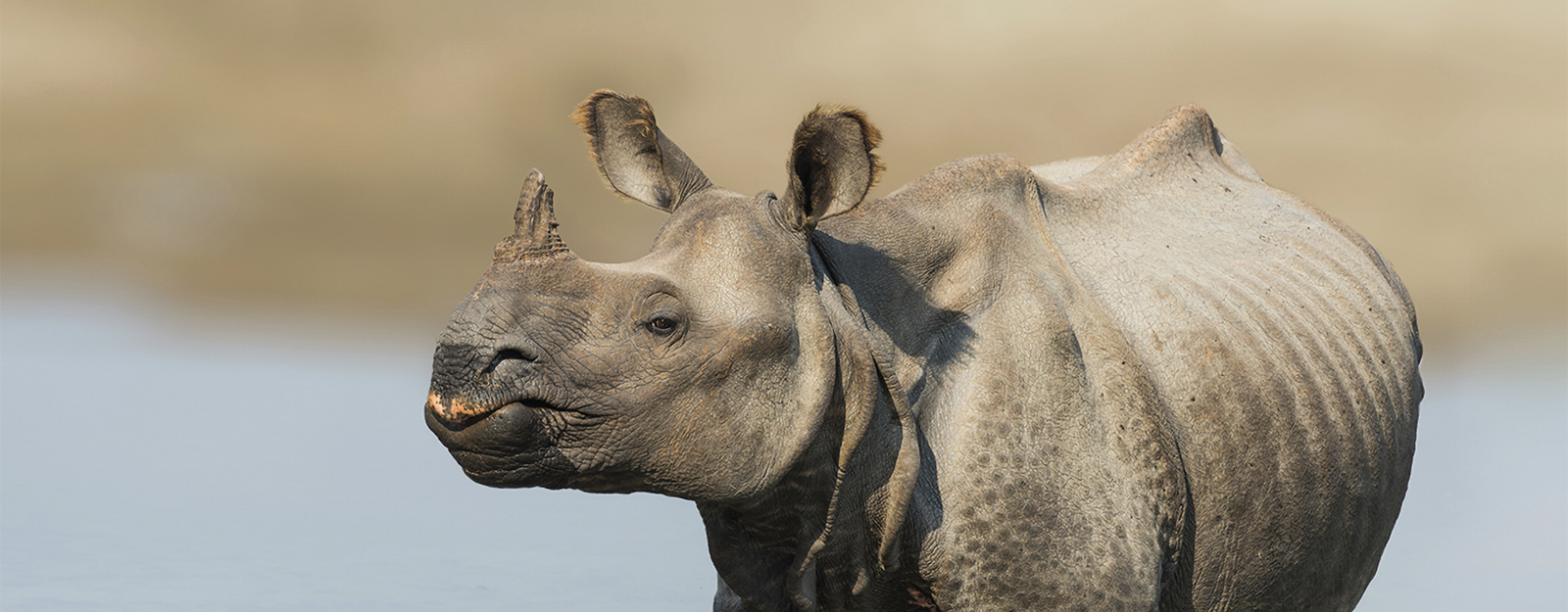


Jaldapara NP and Gorumara NP in West Bengal This GIS exercise is divided into three parts and requires the use of ArcExplorer.Kaziranga NP, Pobitora WLS, Orang NP, Manas NP in Assam,.The species is restricted to small habitats in Indo-Nepal terai and northern West Bengal and Assam.At present, there are about 2,600 Indian rhinos in India, with more than 90% of the population concentrated in Assam’s Kaziranga National Park. The habitats of camels and those of one horned rhinoceros can be opposite due to the following reasons: Explanation: Camels are the animals which have long stature, they have special mechanism for conservation of water in the body tissues as they live in the desert habitats.India is home to the largest number of Greater One-Horned Rhinoceros in the world.Also known as Indian rhino, it is the largest of the rhino species.Black African Rhino: Critically Endangered.

The five surviving rhino species (Black and White African rhino, Asian rhino species – greater one horned, Sumatran and Javan rhinos) are still threatened by habitat loss and hunting.Rhinos have long been hunted for their horns, which are highly valued in some cultures.The Indian rhino featured more in early artwork, but the number of images of other species, particularly white rhinos, has increased since the mid-19th century.During the age of European imperialism (between the 16th and 20th centuries), rhinos were commonly portrayed as hunting trophies, but since the mid-20th century, they have been increasingly portrayed in a conservation context, reflecting a change in emphasis from a more to less consumptive relationship between humans and rhinos.This observation follows patterns seen in other animals, such as tusk size in elephants and horn length in wild sheep, which have been driven down by directional selection due to trophy hunting.The study found that the rate of decline in horn length was highest in the critically-endangered Sumatran rhino and lowest in the white rhino of Africa, which is the most commonly found species both in the wild and in captivity.The horns of rhinoceroses may have become smaller over time due to the impact of hunting. Habitat: Greater one-horned rhinos are semi-aquatic and often take up residence in swamps, forests and riversides, and anywhere that is near nutritious mineral licks Social behaviour and territory Sociability: Greater one-horned rhinos are usually solitary, except for females with small calves.Found evidence for declining horn length over time across species, perhaps related to selective pressure of hunting, and indicating a utility for image-based approaches in understanding societal perceptions of large vertebrates and trait evolution.It relied on a repository of images maintained by the Netherlands-based Rhino Research Centre (RRC).In news: According to a recent study, published in the latest edition of People and Nature by the British Ecological Society, which used an interesting research approach-analysing artwork and photographs of the animal spanning more than five centuries.


 0 kommentar(er)
0 kommentar(er)
